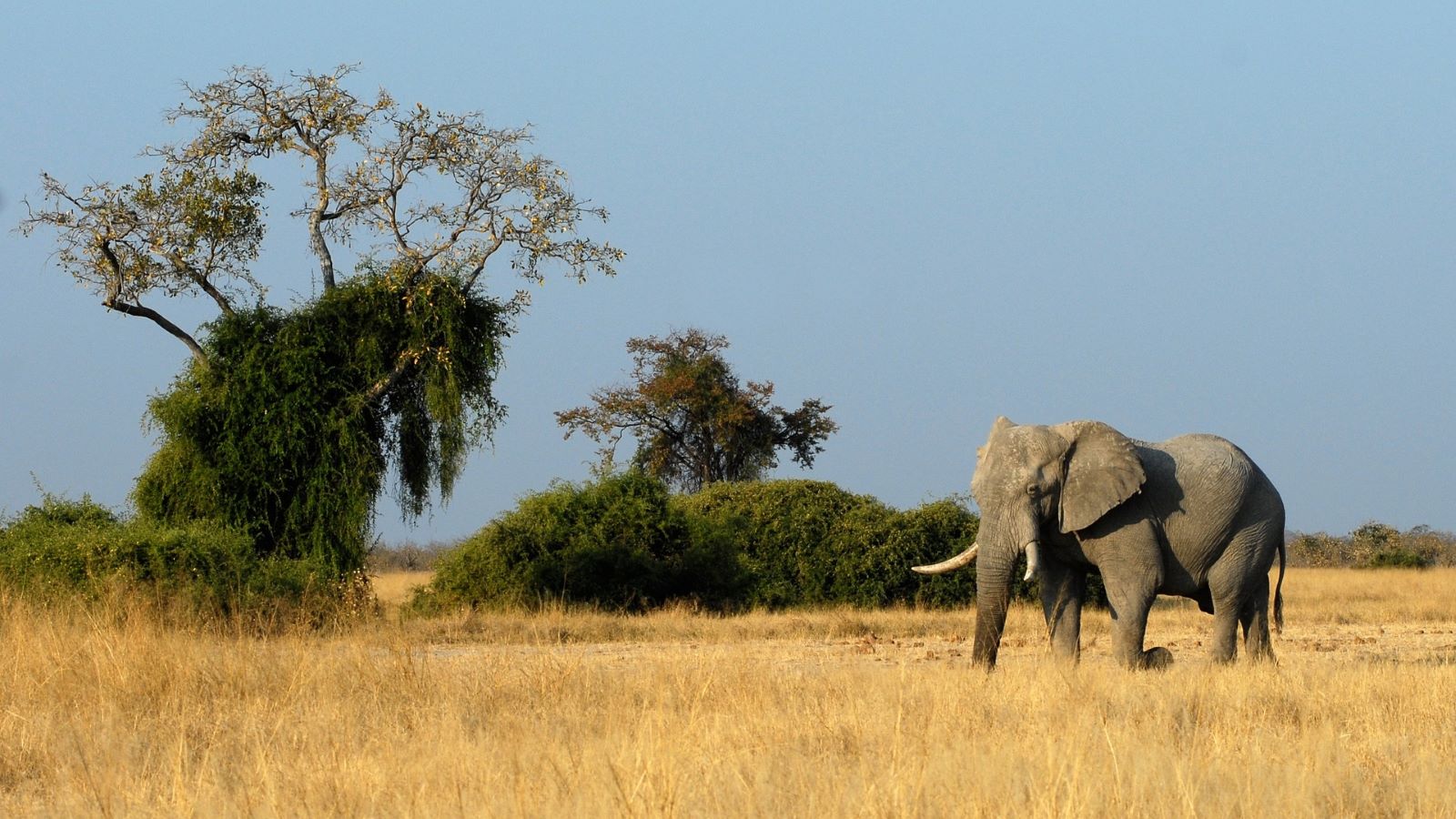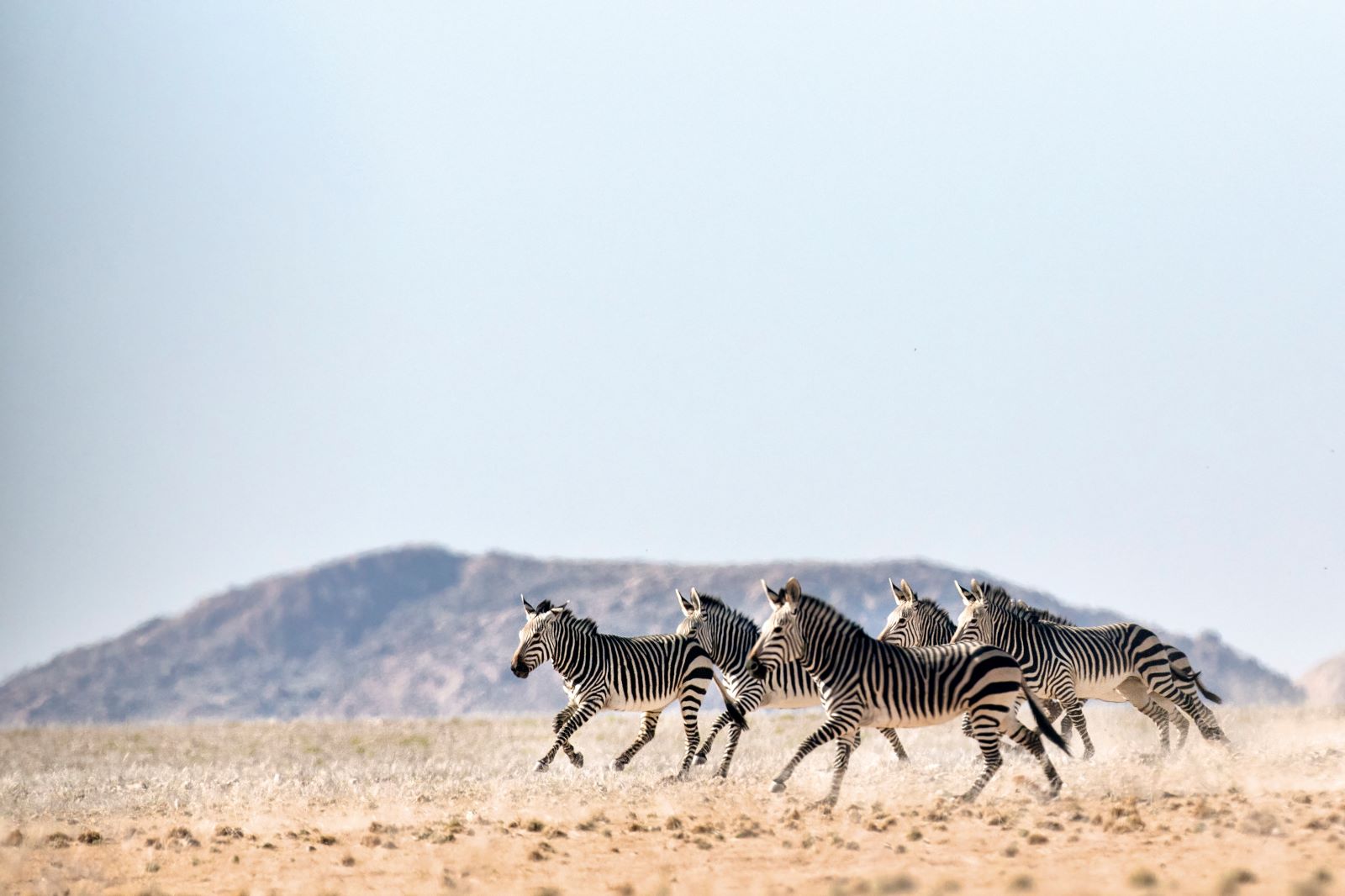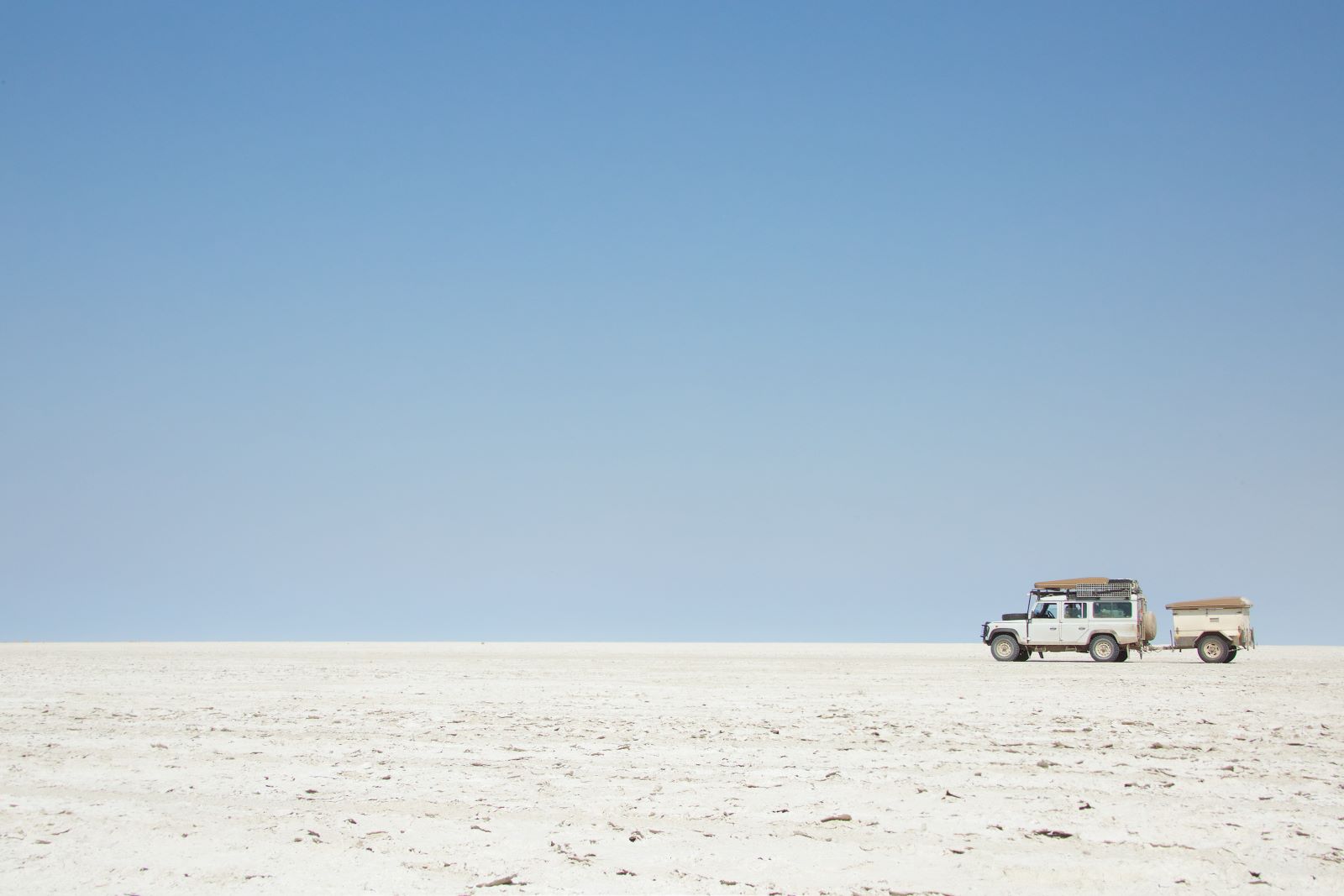Botswana delivers some of Africa's most diverse safari experiences, with landscapes ranging from the wetlands of the Okavango Delta to the arid desert of the Kalahari and Makgadikgadi Salt Pans. Expect abundant wildlife - elephants and giraffe, for example, as well as predators such as lion and leopard - multifarious bird life, and some of Africa’s best luxury lodges and world-class guides. Find out more about what each spectacular region has to offer:
OKAVANGO DELTA

The world’s largest inland delta is one of the big draws to Botswana, and has one of Africa’s greatest concentrations of wildlife, from lion and leopard to buffalo and wildebeest. It’s also home to over 500 species of birds including egrets, kingfishers and lapwings. When it floods each year (the best time to go to the Okavango Delta is at its peak between June and August), the Unesco World Heritage Site swells to three times its usual size. From May to October, you can follow the Selinda Spillway canoe trail, which connects the Delta to the Linyanti and Chobe Rivers; during the dry season, a walking safari is a great option (the area is ideal for experienced horse riders too). Stay at Xigera in the Moremi Reserve for access to both permanent water channels and floodwater lagoons, or at the intimate Zafara Camp in the Selinda Reserve where there’s superb wildlife viewing from a large deck. READ MORE >
BACK TO TOP
CHOBE NATIONAL PARK

The lush landscapes and intricate waterways of Chobe National Park provide the most biologically diverse safari experience. Spanning from the north of the country to the edge of the Okavango Delta, it’s split into four areas, including Linyanti and the Chobe Riverfront. Places to stay in the Chobe National Park include the Linyanti Bush Camp, which sits right on the Linyanti River with views over the floodplains where herds of buffalo and elephant roam. The Chobe Riverfront is a major watering spot, attracting plenty of animals and birds, especially in the dry season – which makes it one of the most popular times of year to visit. Around 50,000 elephants inhabit the park, and make a 200km migration to the south-eastern region during the rainy season.
BACK TO TOP
SAVUTI

The Savuti in Botswana is one of Africa’s biggest game areas, and known as being especially brilliant for elephant sightings. Set in a remote, wild corner of the Chobe National Park, between the northern border and the Linyanti River, the once-dry riverbed of the Savuti Channel (there was no water between 1982 and 2008; when it began to flow again it completely transformed the landscape) is now a thriving swampy wetland that attracts huge amounts of birds and other wildlife. The grasslands, lagoons and forests are a haven for animals in an otherwise arid habitat, especially predators such as resident lion, spotted hyena and wild dogs. With typically less visitors than the Chobe Riverfront, this is a terrific off-the-beaten-track choice for a safari.
BACK TO TOP
LINYANTI

BACK TO TOP
KALAHARI DESERT

It’s hard to truly comprehend the size of Africa’s Kalahari Desert which stretches over 900,000 square kilometres, including seventy percent of Botswana. Although seemingly inhospitable, this semi-arid sandy savannah is actually a sanctuary to all kinds of creatures: look out for Kalahari Desert animals such as wildebeest, oryx, eland, springbok, cheetah and giraffe. Visitors in the dry season might be lucky enough to catch the migration of around 25,000 zebras as they make their way towards the Okavango Delta, while the Green Season (from December to April) when birds thrive, is the best time for ornithologists. Expect to see flamingos, martial eagles and giant eagle owls.
BACK TO TOP
MAKGADIKGADI PANS

Set in the north east of the Kalahari Desert, the otherworldly Makgadikgadi Pans are one of the largest salt flats in the world. Formed from Lake Makgadikgadi which dried up thousands of years ago and once covered an area larger than Switzerland, this is Africa’s most important flamingo breeding ground (to witness this spectacular sight, the best time to visit the Makgadikgadi Pans is in winter). In the wet months, rains fill the salt pan, turning it into a shallow lake which attracts large numbers of zebra, springbok and wildebeest. Rare desert species such as Brown Hyaena, as well as the Kalahari Lion and meerkat can also be spotted; those staying at Jack’s Camp can enjoy an encounter with a family of habituated meerkats.















